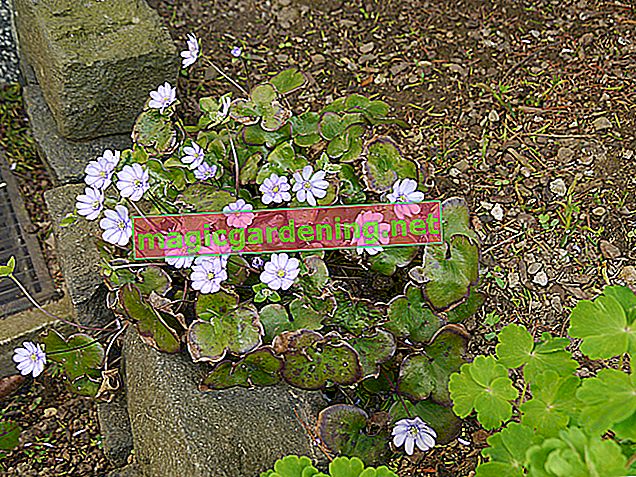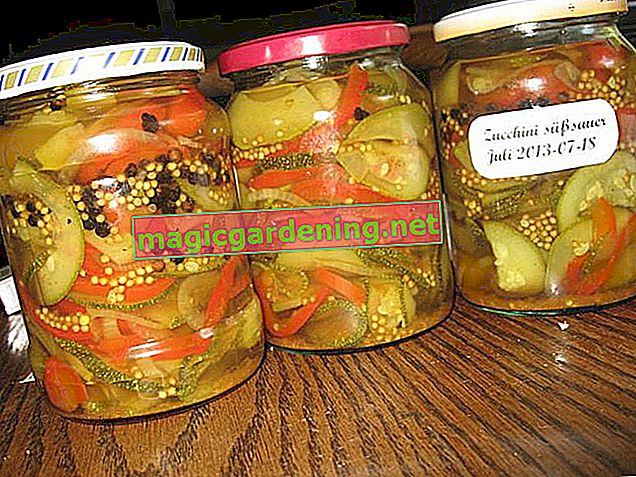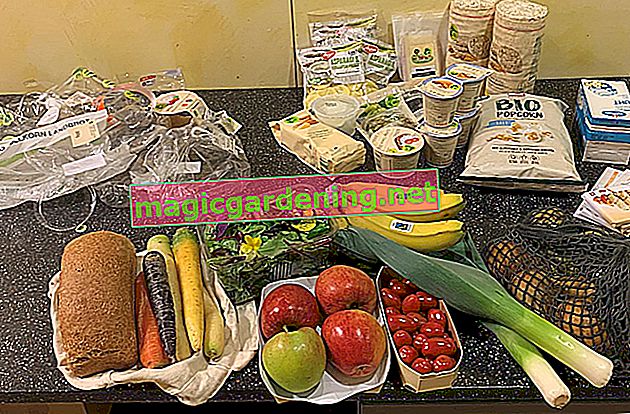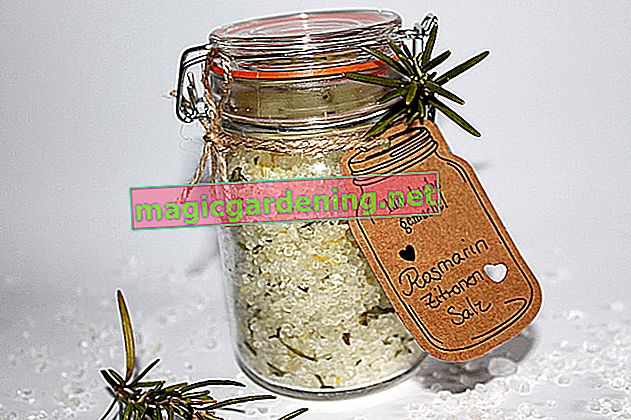
Thyme flowering period
Most of the approximately 210 thyme blooms in June and July, and some even into October. If you want to use the leaves of the aromatic herb as a spice or medicinal herb, the concentration of aromatic essential oils is highest shortly before flowering. But even flowering thyme can still be harvested, even if its taste is then no longer quite as intense. Thyme leaves are best harvested at lunchtime, when they taste best.
also read
- Thyme - profile of a very versatile aromatic and medicinal herb
- Thyme - versatile use as a culinary and medicinal herb
- Plant thyme properly - this is how it can be grown in the garden and on the balcony
Cut thyme
If you want to harvest high quality thyme all year round, you should prune the inflorescences regularly so that the plant sprouts fresh, aromatic shoots again. Thyme is a perennial subshrub whose older shoots lignify over time - if possible do not cut into the old wood, because new shoots will form from the green branches. The flowers are pollinated by insects such as butterflies or bees - the nectar-rich thyme is a popular bee pasture - and then develop brown seed pods, the so-called nutlets.
Thyme flowers are edible
Not only the leaves, but also the flowers of the thyme can be used to season and garnish dishes. For this purpose, cut off entire stems with leaves and flowers and use them either fresh or dried. Unlike many other herbs, thyme retains its aroma even when dried.
thyme potatoes
A delicious alternative to rosemary potatoes is the lesser-known preparation with thyme. Cook small new potatoes with their skin in salted water and then fry them all over with fresh or dried, stripped thyme leaves in butter. The finished thyme potatoes can be nicely decorated with thyme flowers.
Tips & Tricks
You can also preserve thyme by soaking the stalks with leaves and flowers in honey or olive oil and thus obtain deliciously seasoned oil or honey - a great alternative to the rare thyme honey.








